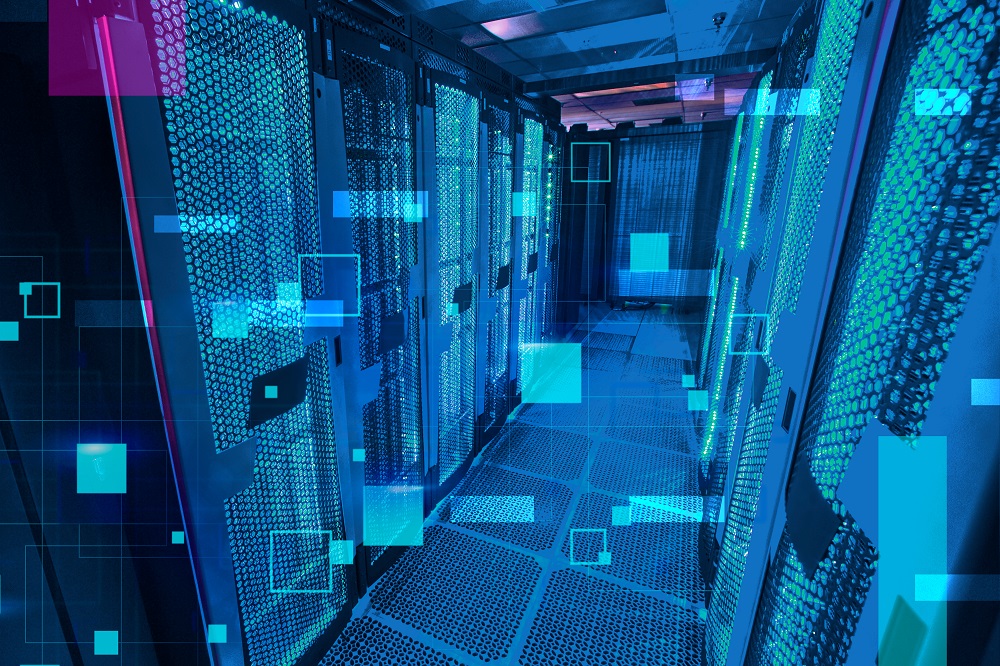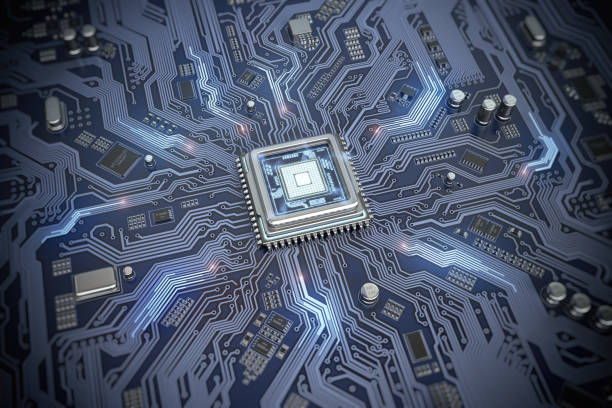The Covid-19 pandemic boosted digitization and automation, helping businesses to stay resilient even in the face of tragedy, making 2021 the year of technological advancement. Many companies have adapted disruptive technologies and changed their business strategies as a result.
As time progressed, new inventions and innovations in technologies shot to new heights, some of which are listed below.
Artificial Intelligence (AI)

The existing Ai evolution has not yet reached the stage of sentient AI. Rather, it’s the transformation to more intelligent processes that enable businesses to generate, expand, and manage themselves more efficiently.
However, 2021 isn’t only about data adoption. As per a global survey, the industry will evolve from small technology companies to larger solution providers, resulting in the commercialization of AI technology. This means that solutions will emerge that give more access across more platforms and with more widely accessible off-the-shelf tools.
5G Network

People will feel the impact of the 5G revolution as it continues to develop. 5G is expected to be the result of innovation in the future, with faster speeds, increased capacity, and lower latency. Increased speeds, in particular, can create new opportunities in public safety and industry.
The 5G revolution potentially lead to change in public health and safety policy. Reliable, super-fast speeds, a large amount of bandwidth, and low latency should help public safety professionals accomplish their work more efficiently. For example, 5G’s ability to support higher amounts of high-quality video can help emergency workers receive a better picture of a situation.
Edge Computing

Edge Computing is a network information technology (IT) approach in which client data is managed at the network’s edge as close to the actual source as possible. The worldwide edge computing market is projected to expand at a compound annual growth rate of over 12% to $250 billion by2024, according to IDC.
Edge computing aims to minimize latency and network congestion while also improving data security by tracking down storage, networking, software, protection, and servers close to where data is collected and processed.
The Internet of Things (IoT)

Both the industrial and consumer sectors are being reshaped by the (IoT) Internet of Things. From retail to healthcare, finance to logistics, smart technology pervades every industry and consumer arena, and a strategically grasped lost opportunity by a competitor can easily qualify as a long-term failure for organisations that don’t innovate. The year 2021 impacted all four components of the IoT Model, with varied degrees of impact: Sensors, Networks (Communications), Analytics (Cloud), and Applications.
The Internet of Things (IoT) is expected to create an additional $344 billion in annual revenue by 2021, as well as $177 billion in cost savings. IoT and smart devices are already improving large industrial operations’ performance measures.
Quantum Computing

Recent progress toward quantum excellence in 2021 shows that quantum algorithms are capable of tackling specific problems better than any classical computer. Superconducting qubits have gotten a lot of attention from companies like IBM and Google this year, whereas ion qubits have gotten a lot of attention from academic startups like IonQ. Ion qubits are more linked than superconducting qubits, requiring fewer steps to execute calculations, which balances out the slower operating speed.
These are some of the most important technological breakthroughs to be aware of in 2021. In the upcoming article, we will take forward this sequence with more technology advancement trends in 2021.












